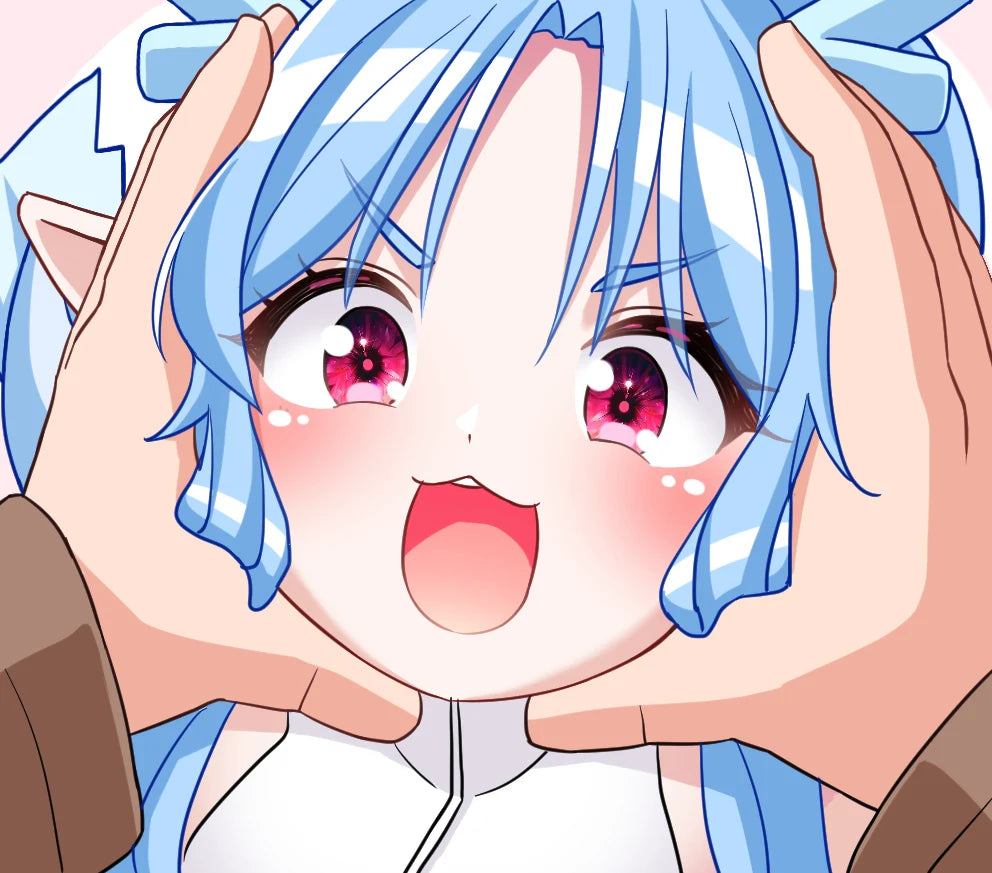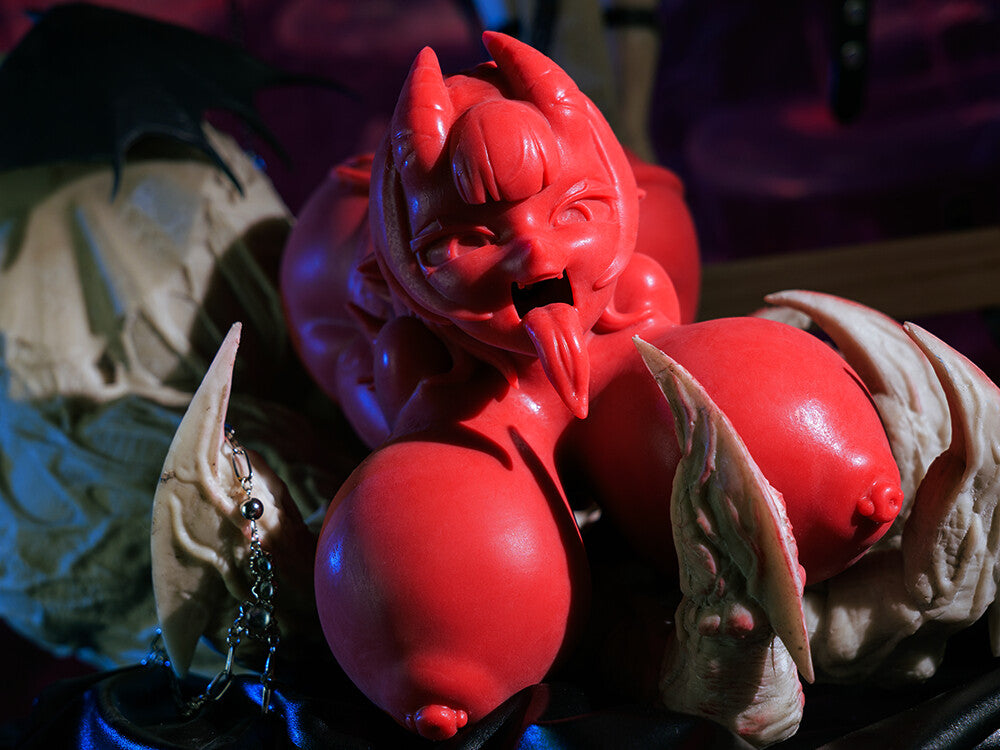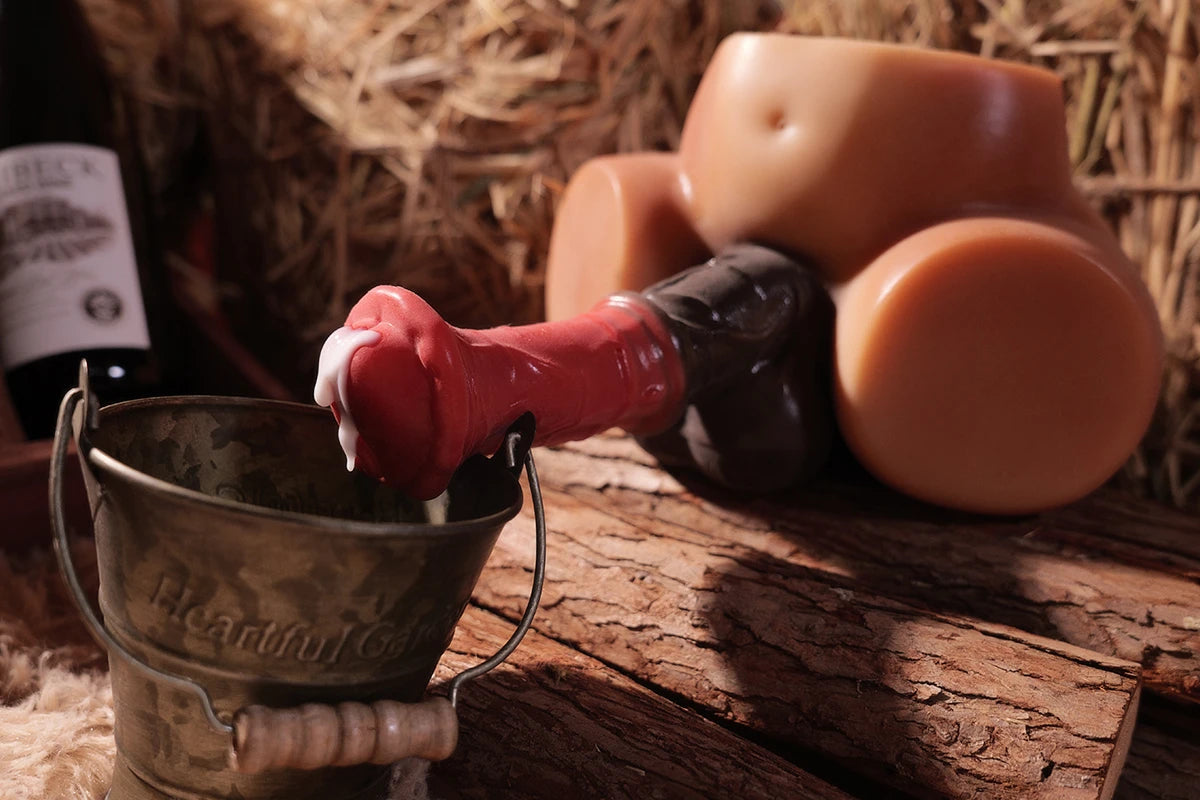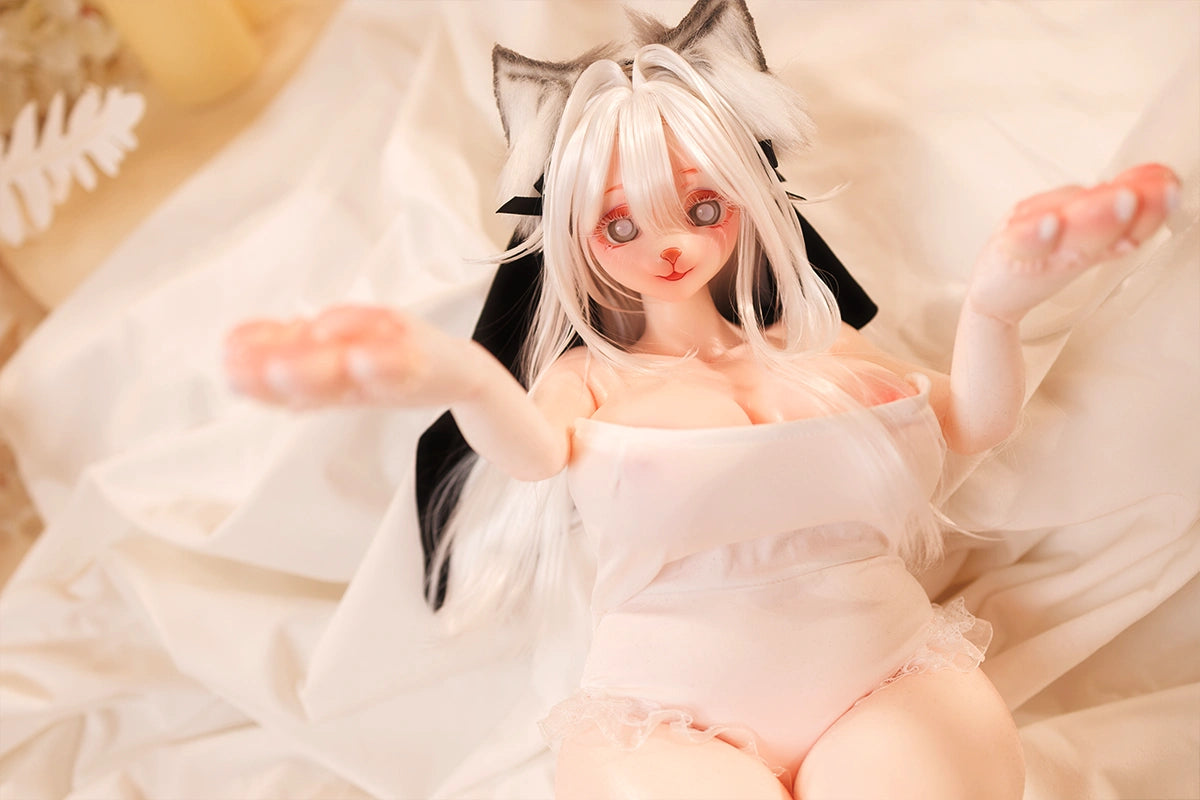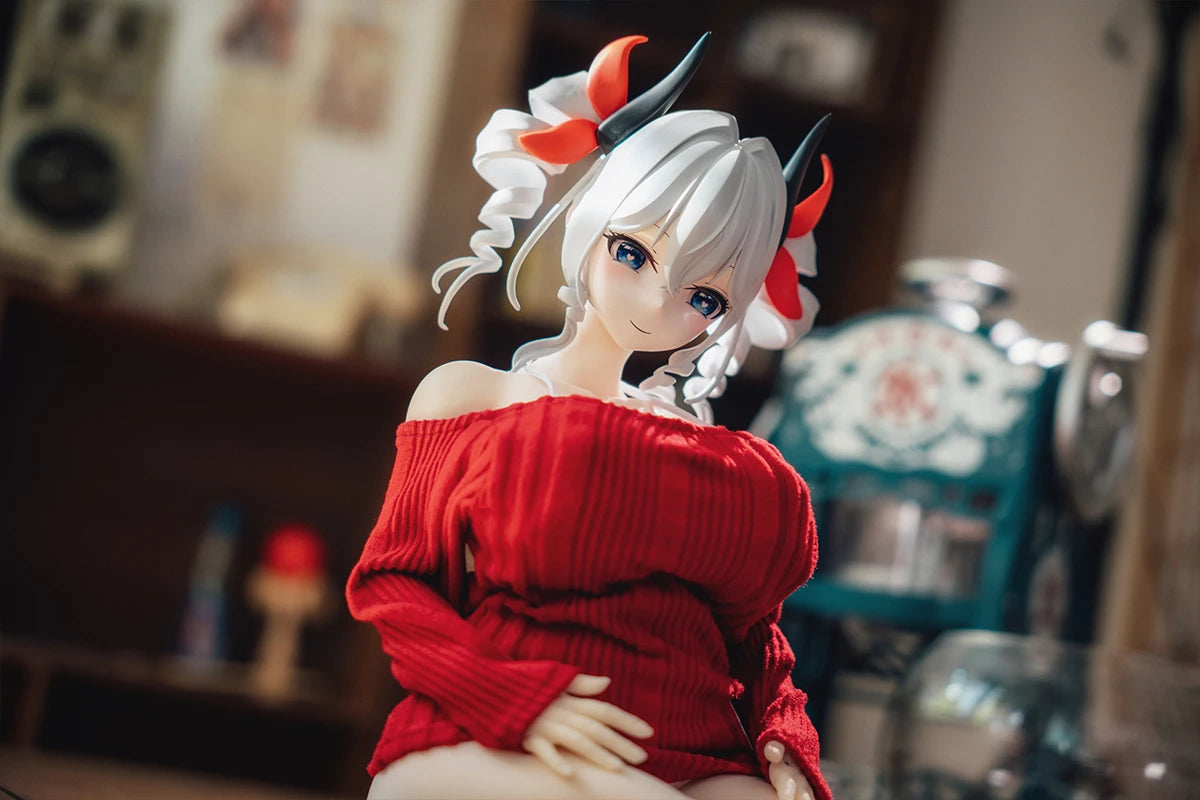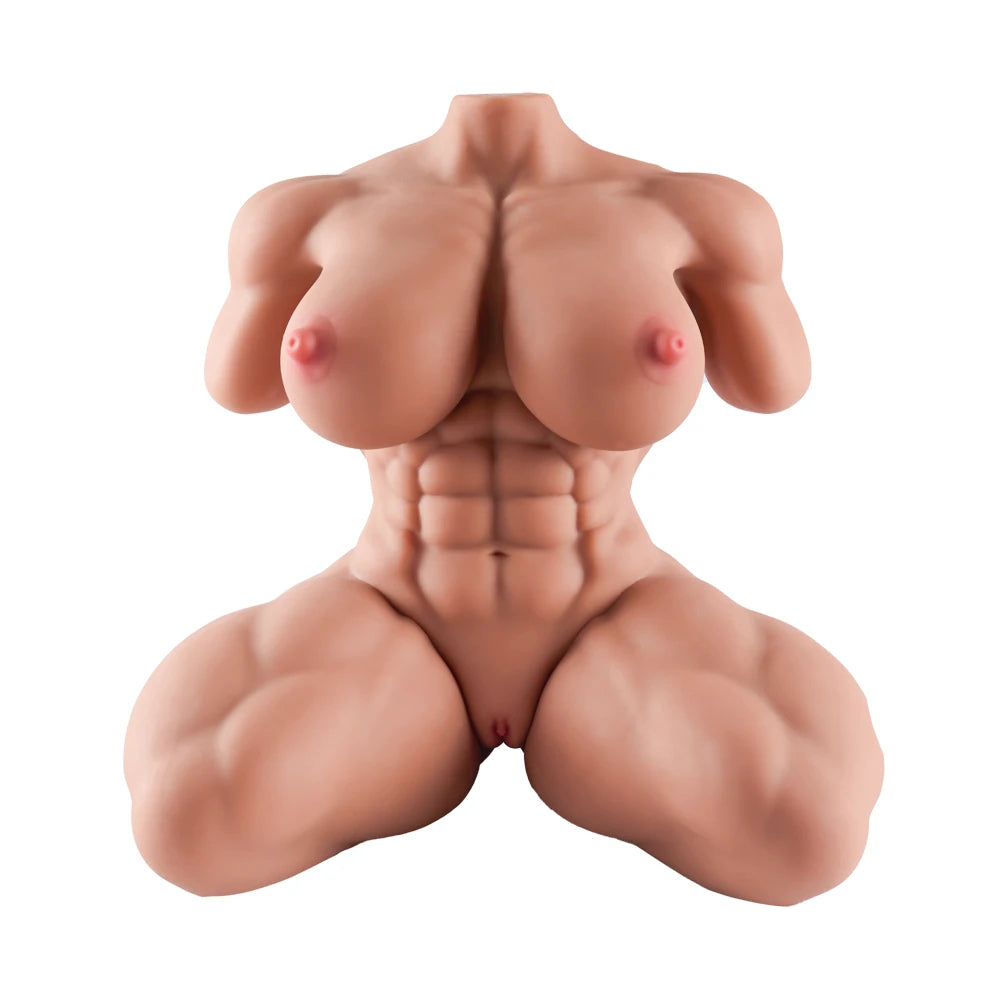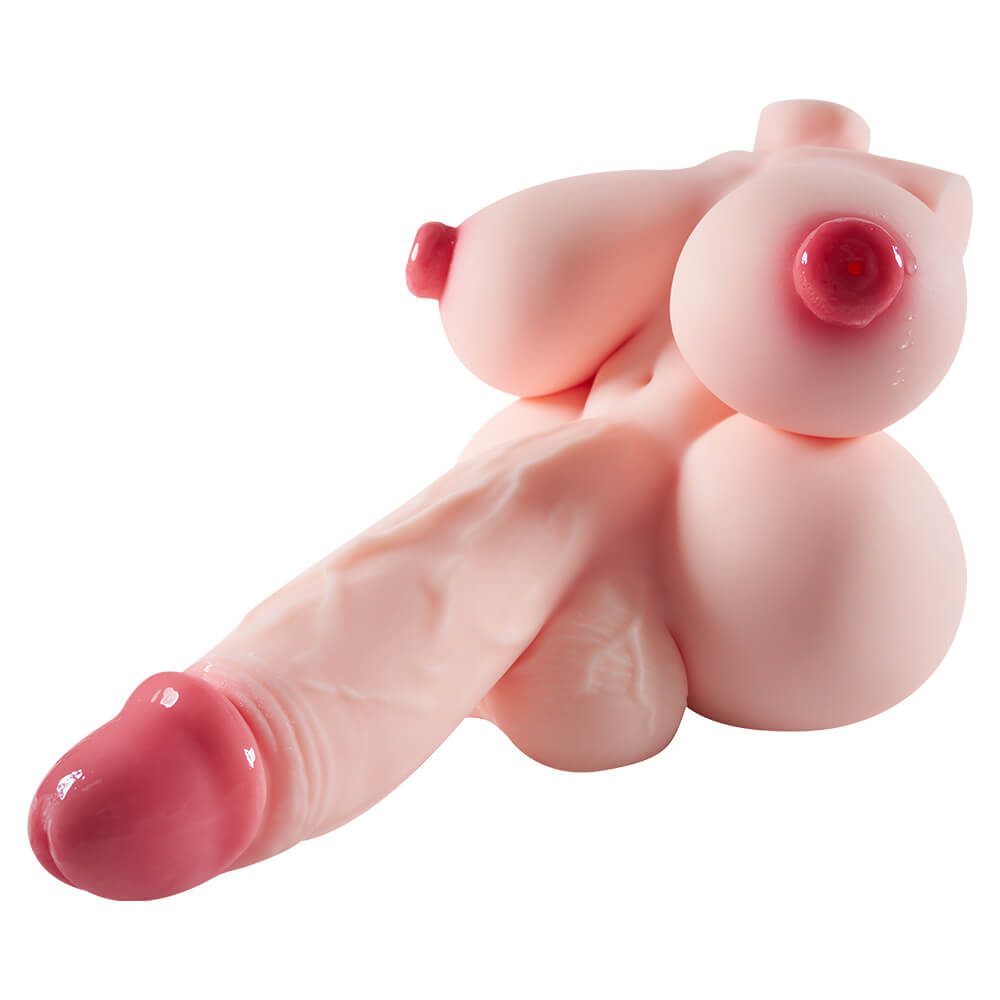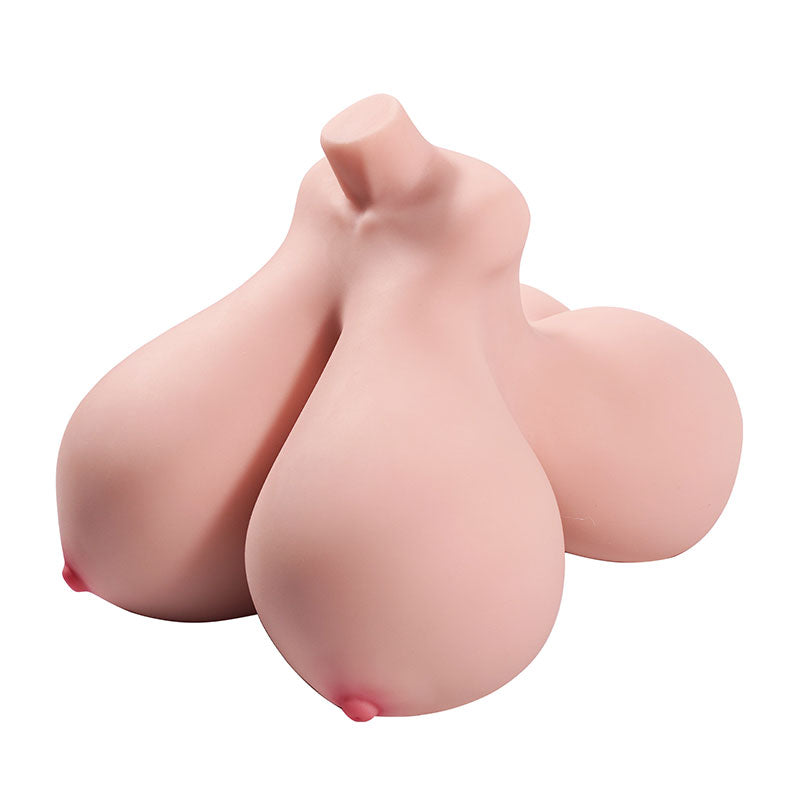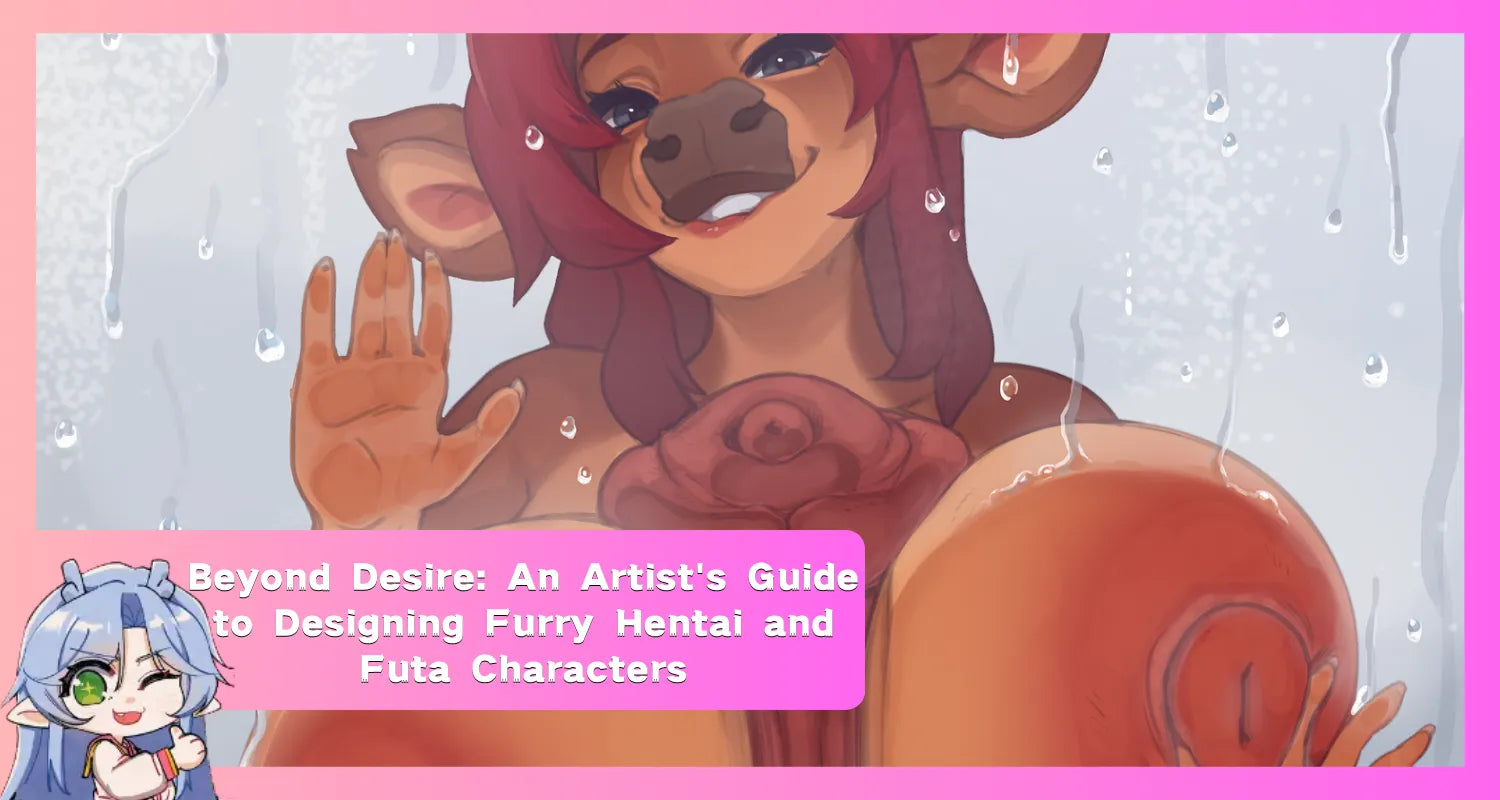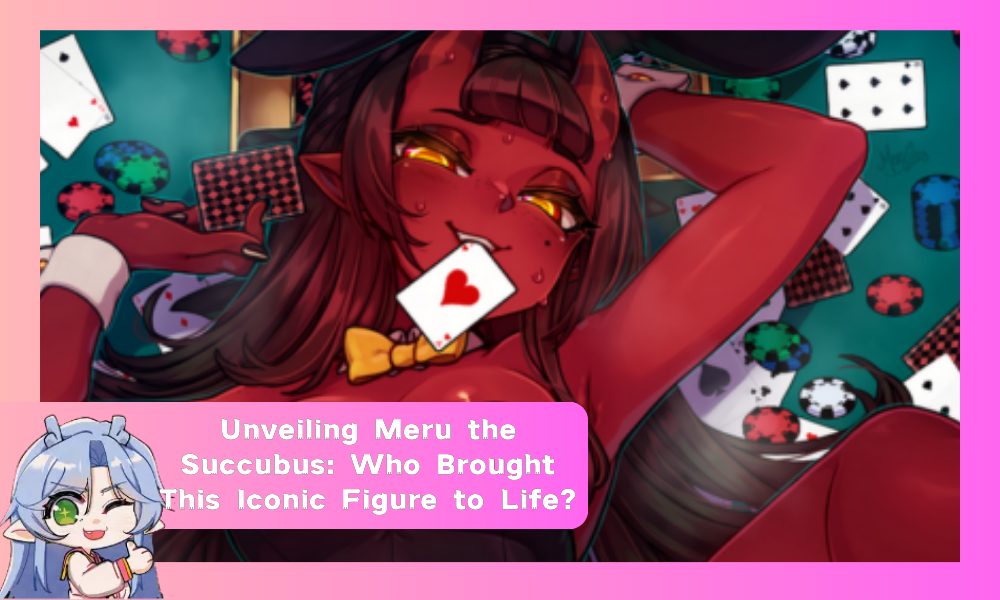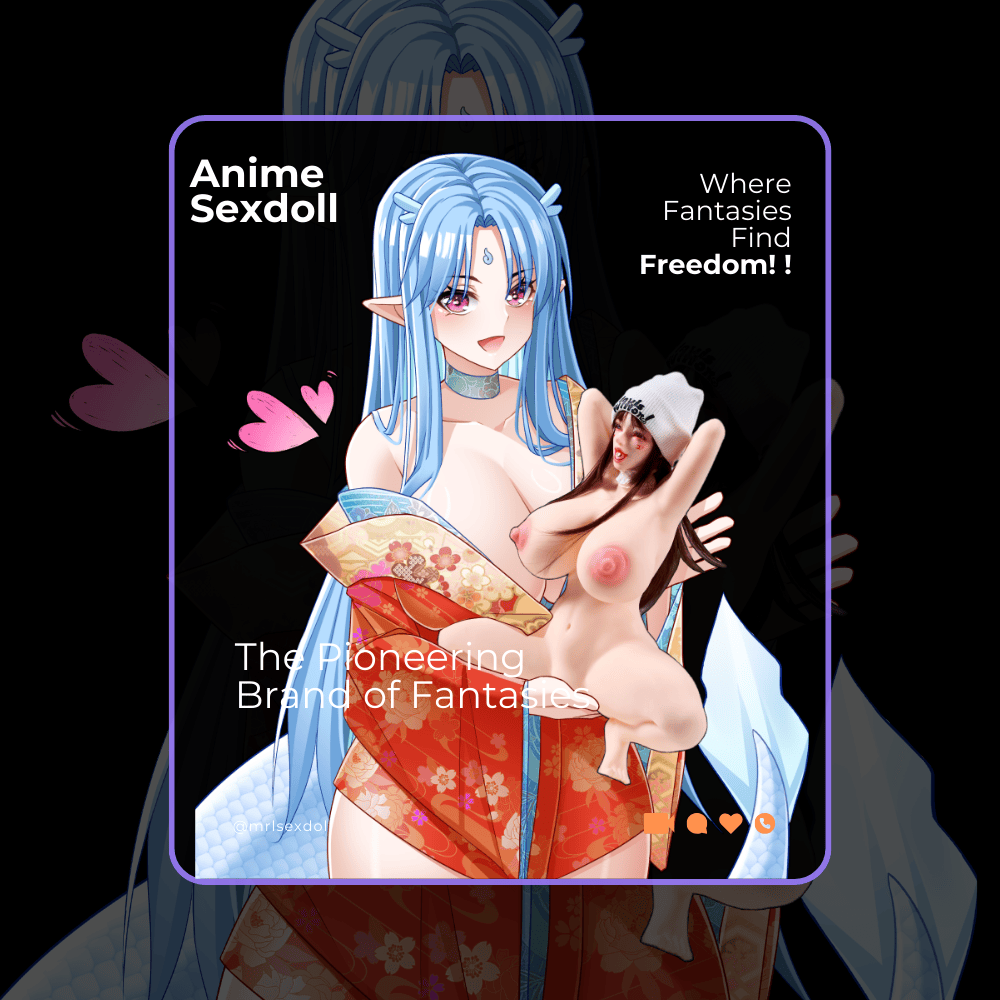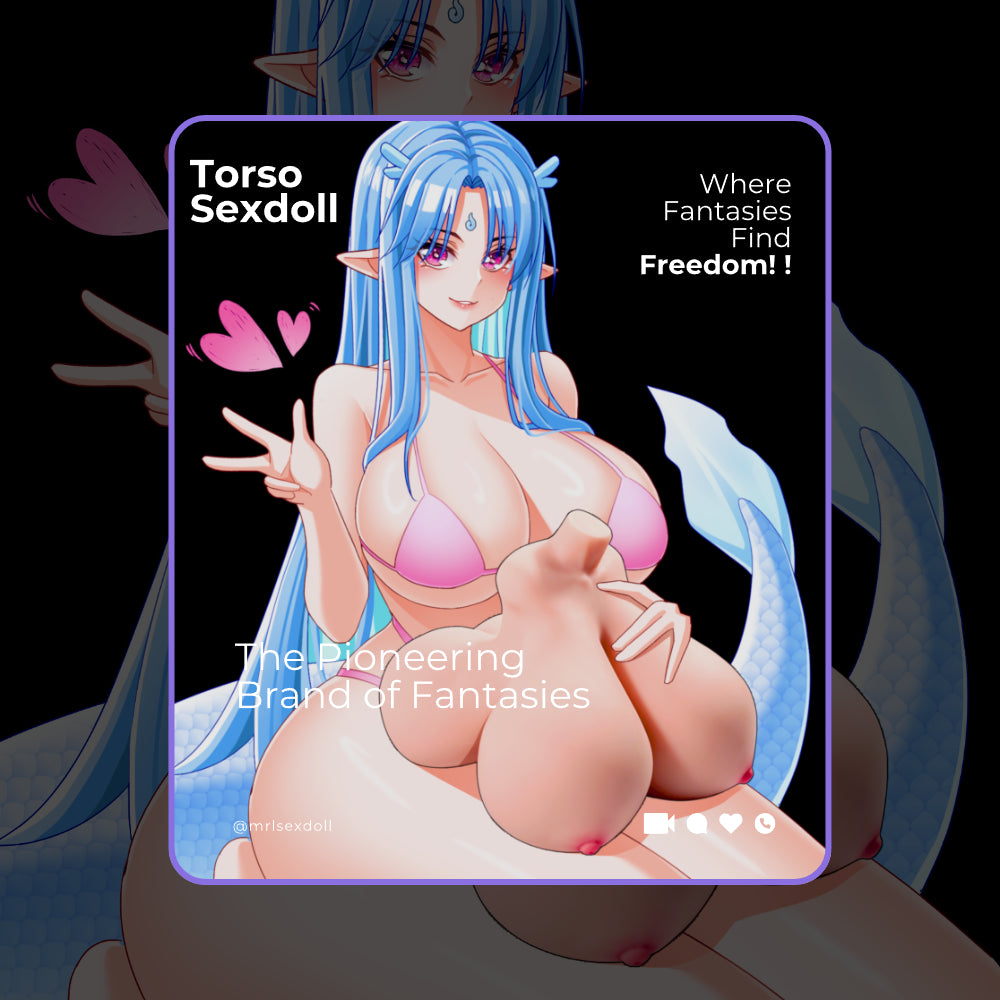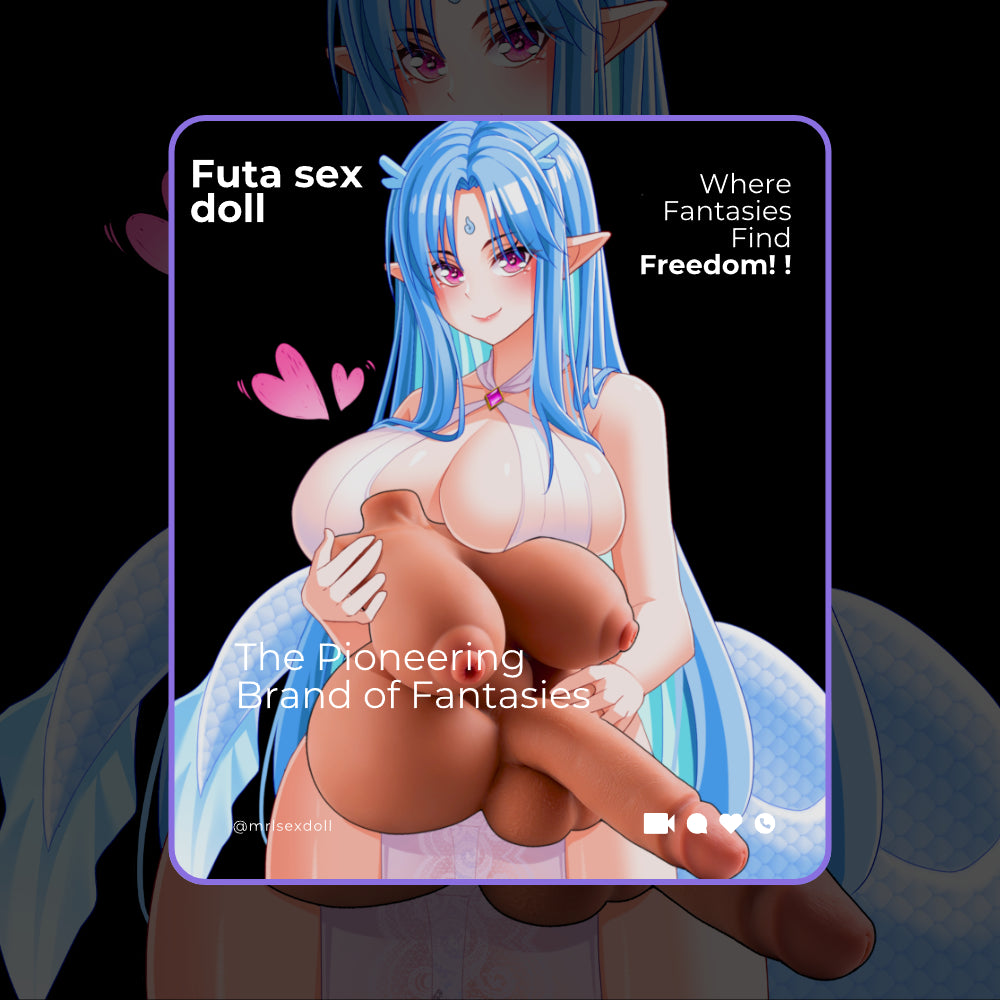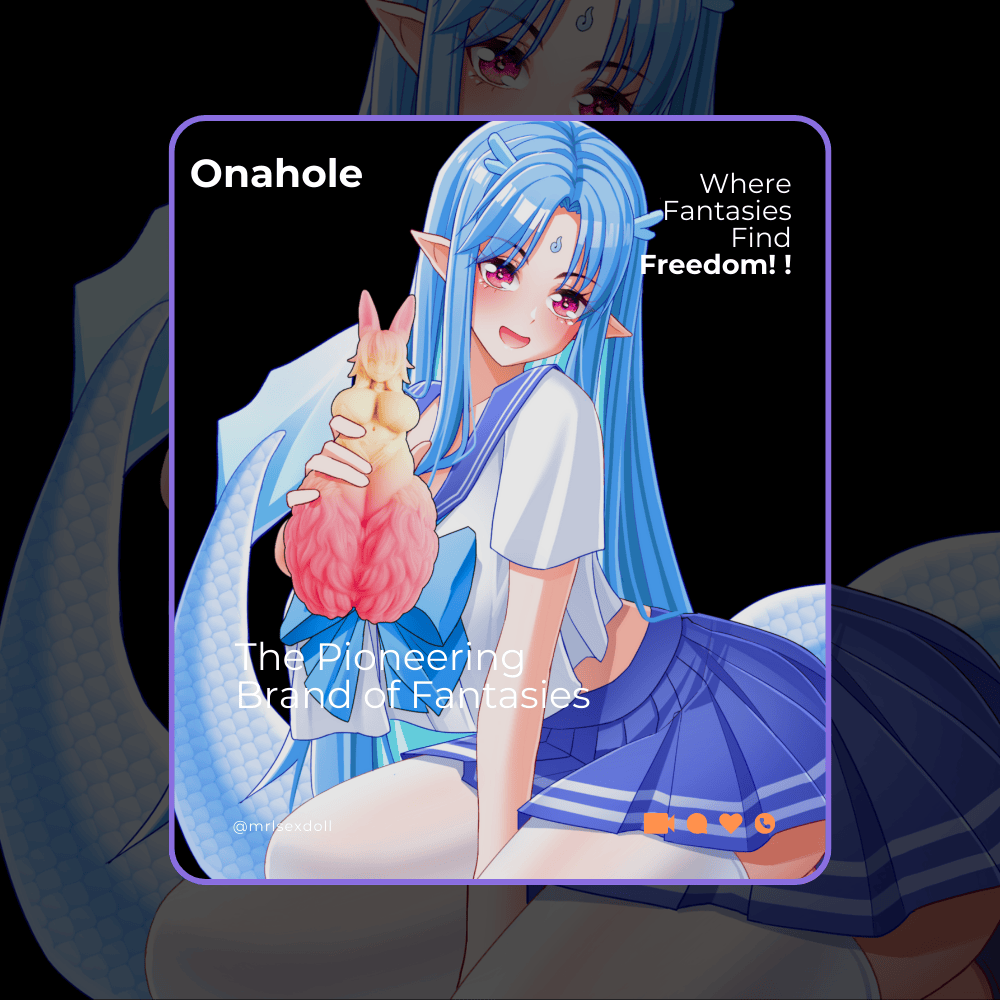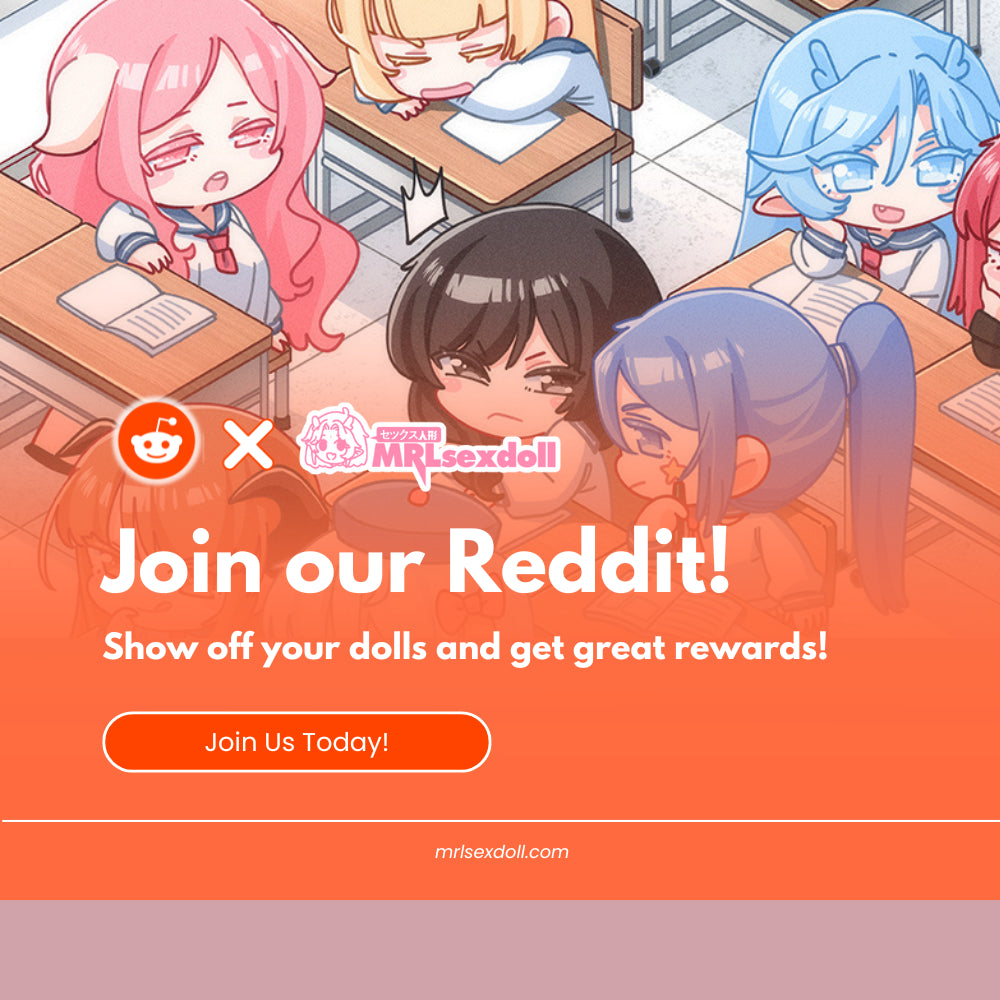Beyond Desire: An Artist's Guide to Designing Furry Hentai and Futa Characters
Table of Contents
1.Introduction: The Art and Anatomy Behind the Allure
2.The Core of Creation: Blending Human and Animal Anatomy
3.The Face of Emotion: Mastering Expressive Muzzles and Features
4.Advanced Design: The Intricate Anatomy of Furry Futa Characters
5.From Drawing to Destiny: Narrative and World-Building in Furry Art
6.Frequently Asked Questions (FAQ)
Introduction: The Art and Anatomy Behind the Allure
It's no secret that animal characters with human qualities have a special kind of appeal, a fascination that stretches all the way from ancient myths to today's online communities. The specific niche of Furry Hentai, in particular, has attracted a large and very loyal group of fans. Many people have already looked into the psychological and social reasons why these characters are so interesting, but this guide takes a different path. Instead of just admiring their appeal, we are going to look at the hands-on, technical skills needed to make them. Think of this as a guide for artists, breaking down the rules of design and anatomy that creators use to make these fantasy figures feel real.
Making Furry Hentai that truly connects with people is a complex form of art that requires a good grasp of anatomy, character design, and even storytelling. The fact that there's a strong market for how-to materials, like online tutorials and detailed guidebooks, shows that this isn't just something people consume; it's a culture where people actively create. The community puts a lot of value on making its own art, which has created a small industry of commissioned pieces that financially supports many in the fandom. In this article, we'll walk through the basic ideas of mixing anatomies, the methods for creating expressive faces, the challenges of more advanced designs like furry futa characters, and how storytelling gives these creations a lasting impact.
The Core of Creation: Blending Human and Animal Anatomy
For any artist wanting to draw in this style, the first big hurdle is what you could call the "dual-anatomy problem." Before you can start to stylize or exaggerate features, you first need to master the basics of both human and animal bodies. A good anthropomorphic design isn't just a cartoonish drawing; it's a careful blend based on a real understanding of skeletons, muscles, and how bodies work. This knowledge helps the artist make a hybrid character that seems convincing, even if it's in a fantasy world. The best artists know how to balance the familiar with the fantastic. They create characters that are animal enough to feel unique but human enough for us to connect with. This careful balancing act helps them avoid the creepy "uncanny valley," which is what happens when a design tries to be too realistic and ends up looking strange and unsettling instead of appealing.
Several key areas of the body need special focus:
·Legs: Digitigrade vs. Plantigrade: One of the most noticeable features of an anthro character is their leg design. Humans have plantigrade legs, which means we walk on the flat of our feet. Many animals, on the other hand, are digitigrade, meaning they walk on their toes. To draw this correctly, artists need to understand that animal legs have two main joints that bend (the knee and the hock), which creates a unique "Z" shape unlike the single bend of a human knee. The thickness and muscle of the legs should also match the animal species—strong and thick for a bear, or thin and quick for a deer.
·Hands and Paws: Hands are very important for showing action and emotion. The design can be almost human or completely like an animal's paw. A common method is to start with a human-like hand shape but make the fingertips bigger to add paw pads. This creates a mix that looks good and seems functional. For artists who want to try more unique hand styles, looking at the different hand shapes of primates can be a great source of ideas.
·Tails: A tail should not look like it was just tacked on as an afterthought. A tail is a natural extension of the spine. A good artist thinks of the human tailbone extending outward instead of curving under. This makes the tail look like it's attached correctly and follows the natural curve of the character's back.

The Face of Emotion: Mastering Expressive Muzzles and Features
If the body gives a character its shape, the face is what gives it a soul. Showing human-like feelings on a face that isn't human is a major challenge in Furry futa Hentai art. The muzzle, especially, is a tricky three-dimensional shape that many new artists struggle with. The secret is to think of it in terms of simple geometric forms, like a ball for the main part of the head and a box or cylinder for the snout. This helps you understand how it looks from different angles. It's also very important to draw the cheeks with a sense of fullness, using a soft, rounded line to connect the eyes to the muzzle so the face doesn't look flat or weird.
The shape of the muzzle is also a great way to show character. A muzzle that slopes down, like on a dog, can give a character a natural or sad look. An upturned nose, however, can suggest that a character is proud, sure of themselves, or even arrogant. Besides the muzzle, the eyes and ears are very important for showing emotion, often more so than in drawings of humans. The choice of facial style is a key decision that connects the character to what the audience expects from the genre. A design with big, expressive anime-style eyes and a short, cute muzzle fits into the Japanese kemono style, which focuses on cuteness (kawaii). This "OwO" face shape gives a feeling of charm and innocence. On the other hand, a longer, more realistic muzzle fits a Western "toony" or realistic style that can show a wider variety of feelings, from funny to serious. This first design choice helps set the stage for the character's story and appeal by using visual styles the audience already knows.

Advanced Design: The Intricate Anatomy of Furry Futa Characters
Looking deeper into the genre, designing furry futa characters presents a special and difficult artistic test. The word futanari, which comes from Japanese pop culture, is used for a type of character that has both male and female primary sexual organs. These characters almost always have a generally feminine body shape. Making a convincing furry futa character is maybe the ultimate test of the anatomical blending we talked about before. The artist has to smoothly combine not just human and animal features, but also male and female body parts into one single, unified form that looks natural and well-balanced. This takes great skill in proportions and a solid understanding of how to fit different biological parts together in a pleasing way.
This artistic task is also seen in the related area of furry on human hentai, where the appeal comes from the interesting visual contrast between two different body types. Artists working in this area play with the unique compositions and power dynamics that come from these pairings. Creating these hybrid forms isn't just about satisfying a particular interest; it's a creative exploration of biology and advanced character design. The furry futa character type can be seen as a perfect example of the furry fandom's interest in mixing things up and exploring identity. It challenges the lines between human/animal and male/female, representing the freedom from strict labels that the subculture often celebrates.
The difficult artistic process of turning a hybrid design from a 2D drawing into a real object is where high-quality collectibles have found their place. For fans who admire the artistry of these detailed designs, products like the Bonnie X MRLSDOLL Co-Brand Furry Futa Sex Doll offer the ultimate physical version of the concept. It demonstrates how the artistic ideas behind furry futa character design can be brought to life with great accuracy, turning a fantasy character into a physical piece of art for collectors.
From Drawing to Destiny: Narrative and World-Building in Furry Art
A good character design is much more than a simple picture; it's the beginning of a story. The way a character is built physically has a direct impact on their personality, what they can do, and their place in a story. A slender cat character will move and think differently from a large bear character, and these built-in traits give a natural starting point for a story. But to put these characters into a story, you need to do more creative work, and that's world-building. If you have animal-people, you need to create a world where they can actually exist.
Creators have to ask some basic questions to make their setting feel real. Do humans live alongside anthros, and what is the relationship between them? How are common objects, like chairs, cars, doors, and public areas, designed for creatures that have tails, horns, wings, or very different body sizes?. The answers to these questions are more than just small details; they create the logical foundation that makes the fantasy world believable. In the world of
Furry Hentai, this world-building is important for two reasons. It sets up the social and environmental rules that make the adult story possible. The specific relationships between species, cultural rules, or social freedoms that the creator establishes are what give the sexual situations their tension, meaning, and emotional depth, lifting the story from just being adult content to being a rich fantasy.
Frequently Asked Questions (FAQ)
What is the difference between "toony" and "realistic" furry art styles?
The main difference comes down to proportions and how stylized the art is. The "toony" style takes its cues from classic cartoons and uses exaggerated features like big, expressive eyes, oversized paws, and bright, unnatural fur colors to make a character look cute or funny. The "realistic" style tries to be anatomically correct, using natural colors and proportions that look like a real animal, which gives it a more serious or intense feel. There's also a popular style in the middle called "semi-realistic," which mixes the expressive fun of toony art with the believable anatomy of realistic art.
What are the best digital art programs for aspiring furry artists?
The right program for you will depend on your budget, what computer or tablet you have, and your level of experience. For those just starting out, Krita is a fantastic free program that is full of professional-level features. If you use an iPad, Procreate is a top choice because it's easy to use. Clip Studio Paint is a favorite among comic and manga artists because of its great tools for drawing lines and its support for 3D models. Lastly, Adobe Photoshop is still the top program for professionals because it's so powerful, but it can be hard to learn and requires a monthly payment.
Table 1: A Comparative Guide to Digital Art Tools for Furry Artists
|
Software |
Best For |
Key Pros |
Key Cons |
Price Model |
|
Krita |
Beginners & Hobbyists |
Free and open-source; powerful brush engine; packed with professional features. |
Fewer dedicated tutorials compared to paid options; can have a moderate learning curve. |
Free |
|
Procreate |
iPad Artists |
Intuitive interface; excellent performance on iPad; vast library of customizable brushes. |
Exclusive to iPadOS; requires hardware investment (iPad & Stylus). |
One-Time Purchase |
|
Clip Studio Paint |
Manga & Comic Artists |
Excellent for line art and coloring; vector tools for scalable lines; 3D model integration. |
Full features can require a subscription; interface can be complex for newcomers. |
One-Time Purchase / Subscription |
|
Adobe Photoshop |
Professional & Complex Designs |
Industry standard; unparalleled editing power; extensive brush and texture support. |
Expensive subscription model; steep learning curve for beginners. |
Subscription |
|
Medibang Paint |
Quick Sketching & Beginners |
Free and lightweight; easy-to-use interface; cloud storage for multi-device access. |
Lacks advanced tools needed for highly detailed, professional-grade work. |
Free (with Ads/Premium option) |
What is the Japanese "kemono" art style?
Kemono (獣), which is the Japanese word for "beast," is a particular art style from anime and manga used for animal-like characters. The key features are large, very expressive "anime-style" eyes that focus on kawaii (cuteness) and moe (a feeling of affection), along with shorter, more stylized muzzles and often thinner, more human-like bodies. This style is different from many Western "toony" styles and is very popular around the world, influencing shows like Beastars and BNA: Brand New Animal.
Where do artists typically share and sell Furry Hentai art?
The furry community has a strong, artist-led economy that is based on a few main online art websites. The biggest and most famous is Fur Affinity (FA), which acts as a huge gallery and a place for artists and fans to connect. Other popular sites include Inkbunny, which is known for its good features and tagging system, and SoFurry, which has great support for written stories as well as art. These sites are very important to the fandom because they let fans follow their favorite artists and pay them to create custom artwork.

